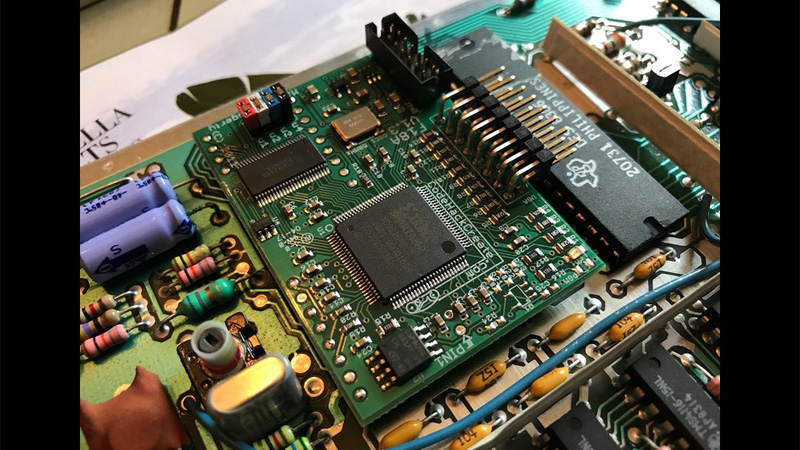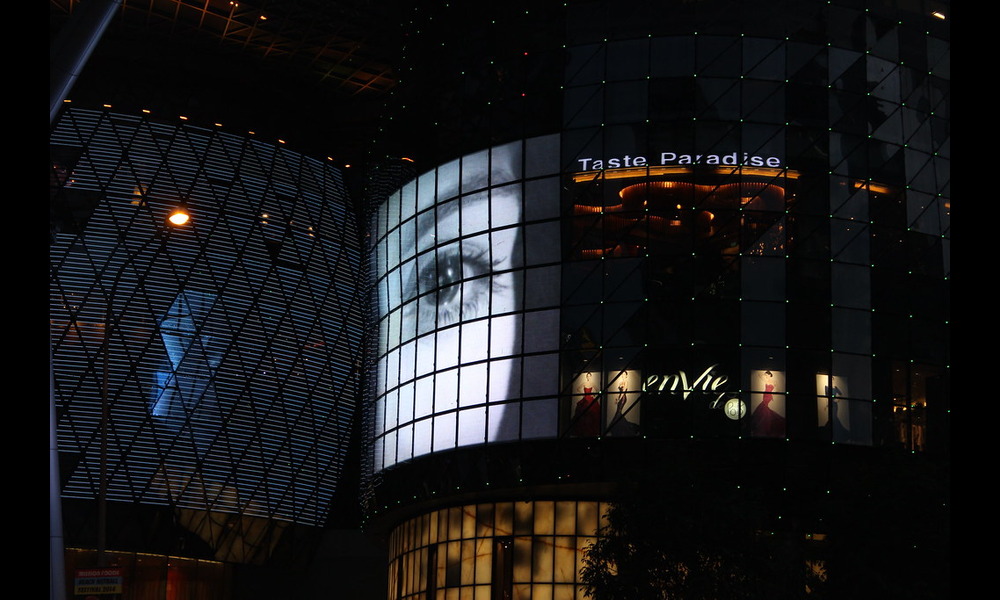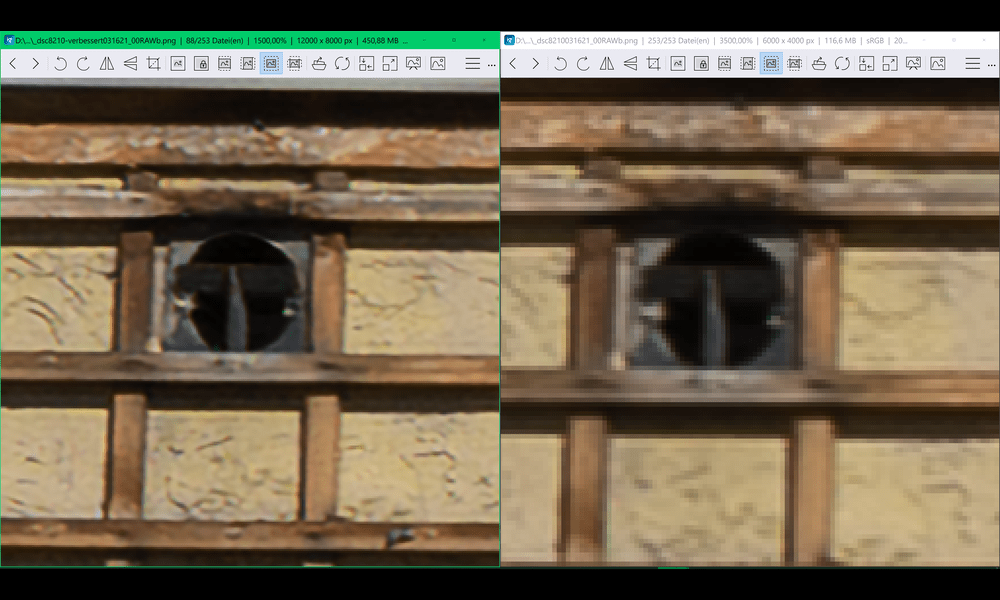
The Role of Controllers and Processors in Designing Video Walls
We often see video walls everywhere but rarely bother to ask how they operate. Most of us assume that they work like most television sets. Well, they do, and they don’t. There is a certain complexity in them; in that sense, they are not like television.
They can be operated easily; in that sense, they are like television. They are operable because of the controllers and processors that run them.
This essay will discuss how controllers and processors impact video walls and why it is important to consider them when selecting the appropriate video wall for your needs.
1. Understanding Video Walls
A video wall is a special system of display technology consisting of multiple monitors assembled, forming one large display or screen. They are arranged horizontally and vertically or tiled together in a contiguous manner. The arrangement gives the semblance of a seamless appearance, especially viewed from afar.
The monitors used to display images vary. LCD panels, LED display technology, blended projection screens, Laser Phosphor Displays, and Jumbotron technology were once employed to project images on a video wall. In earlier days, people used ordinary television sets to create video walls.
The assembled monitors then operate as one large display monitor, projecting images from a particular source. In this sense, a video wall closely resembles a television set, especially if it has a seamless display.
You must minimize gaps between monitors to create a seamless display of images and make it smooth. Some monitors, like LED screens, are customized to create a video wall.
Why not a single large monitor instead? Video walls have added advantages over a single monitor. For economic reasons and costs, large monitors are usually rare and have a small market. You can easily mass-produce LCD or LED screens but not wall-sized monitors.
They are better for customization and can provide greater pixel density than a single monitor. Smaller venues are also ideal for video walls, where you can go near or far to the display technology.
It looks like a gigantic television. Video walls, however, need controllers and processors to run smoothly. The multiple monitor system is just part of the package.

2. The Role of Video Wall Controllers in Seamless Display
The display content, however, will come from a particular source. The source can be a live broadcast, USB, internet, CDs, or other playable formats, but you must run it into the video wall.
Here lies the importance of video wall processors and controllers. These are the components that will ultimately run your content on the video wall. Without them, your video wall is nothing but a piece of furniture—virtually unnoticeable despite its sheer size.
A video processor is a computer system that transforms input signals from a particular source into something viewable. It consists of computer chips and operates much like a computer. A video processor performs a complicated process that makes you display something viewable on the video.
By “converting” input signals into something viewable, we mean various tasks video processors perform. They range from converting and adjusting the format to adjusting the frame rate conversion, synchronizing voices to images, and noise reduction.
They perform everything necessary to make the viewing experience on a video wall immersive and enjoyable. With advancements in technology and the introduction of innovations such as AI, the tasks performed by video processors have become more prominent.
However, the video controller determines how the features can be adjusted to enhance them and make them more enjoyable. It is an integral part of the video processor itself, but you can directly control and customize it. A video controller allows you to customize the display content and optimize everything for a better immersive experience.
The video wall controller is the primary device that allows you to manage everything you put into the video wall. It allows you to operate the video wall according to a set of parameters and adjust them to meet your standards for optimized viewing pleasure and immersive experience.
For instance, depending on the quality of the video or playable content, you can adjust the image and resolution of videos. Suppose you need to play a particular content and need a particular resolution to optimize it for enhanced viewing pleasure; you can use the video controller to adjust it.
Delving deeper, how does a video controller affect the viewer’s experience? How can manipulation and adjustments through video controllers enhance your immersive experience with a video wall?

3. How Video Wall Processors Enhance Visual Performance
A television set has various control systems that allow you to manipulate color, brightness, and contrast to enhance your viewing pleasure. A video wall processor allows you to have the same control and much more.
Since advanced technology adds features to display technology that was unavailable before, makers ensure other aspects of technology remain firmly in your control. Among these are the following:
Configuration
You can configure most of its features how you like within the parameters set by a particular video wall and video wall processor. You can adjust the resolution according to your need for a more pleasurable viewing experience. 480P, HD, Ultra HD, 4K, 8k, etc., if they are available.
You can preset the configuration and adjust the layout accordingly. You can use the memory of the video processor and store it, so you do not need to reconfigure them now and then. Go to the previous preset configuration and have the display you want.
High-Performing, Dynamic, Interactive Display
The ultimate questions of what, where, and how to display are entirely in your hands. You have absolute control when it comes to displaying content, thanks in large part to the control features available in video processors.
Due to the availability of ports, putting several display contents at once on your video wall, for instance, is an option. This allows you to utilize several display content sources and put them all simultaneously in one single video wall.
(Think of video splicing or a particular news reporter reporting while news bytes run below the screen, and you get the drift.)
You can control and manipulate all those display contents and adjust and optimize them for better viewing pleasure. All because the display options are in your hands, courtesy of the advanced technology from video processors.
Easy-to-Adjust Features
Depending on the need, you may decrease the size of your video wall or expand it. Depending on the content you will display, it can have different ratios. Whatever the case may be, scaling is the least of your problems. Most video processors allow you to have the necessary scale appropriate for your display content.
Other features are also easy to operate. We already discuss a particular video wall’s color, contrast, and brightness. You can adjust it according to your preference.
All videos and display content have their original resolution. Depending on a particular display technology, the resolution may be off or not be appropriate, thus impacting the viewing pleasure and immersive experience it can bring.
Some video processors allow the automatic adjustment of a particular display content. Upscaling is one such feature. In upscaling, a video processor creates a higher resolution display content for a lower one.
But you can also have a say in those adjustments. Some will maintain the original resolution instead of upscale, while some may do so under controlled circumstances. In any case, you can optimize the size and the resolution according to your liking.

4. Integrating LED Screen Walls for Immersive Experiences
Many prefer LED screens for video walls because of their inherent advantages. They are thinner and, when tiled, produce seamless, smooth images. They are also energy efficient, highly sustainable, and beneficial to the environment because they reduce carbon footprint.
When calculating the costs and benefits, LED screens are highly economical compared to others. However, the best thing about LED screens is that they can give you a more immersive, enriching experience, unlike other technologies.
That is because they are suitable for high-resolution videos and images. Thus, they can give a richer texture to the display content, allowing for enhanced viewing pleasure.
Today, most display content and images are high-resolution. To optimize the experience, they need equally advanced technology. In addition to the fact that video processors can perform upscaling, and you can adjust their features, technology that is at par with the experience is a must.
Only LED screens can provide this. They can go from High-Definition to ultra-high-definition in an instant and, due to adjustment features available in video processors, give the needed resolution to any display content.
Integrating LED Screen Walls is the best way to create an immersive experience. They simply have more light, brightness, and color. Simply put, they bring “more life” and can give an immersive experience to you and all viewers watching the display content.
It is suitable for all display content and primarily suitable for nearly all events, from large-scale ones to small meetings. Considering everything in balance, you cannot go wrong with LED screen walls, especially if you want to give viewers the best experience.
We at LEDSINO offer various LED screen walls and video processors, which you can use to run your display content. We can be invaluable in helping you give others an exhilarating, immersive viewing experience.

5. Final Thoughts
There are reasons why a video wall may be preferable to a single monitor. As such, you need video controllers and video processors to run them. Video processors allow you to display content from a particular source on a video wall.
Video controllers allow you to control the display content exhibited for optimum viewing pleasure. With LED screen walls, you can further optimize the immersive experience. That is because LEDs have excellent features and advanced technology that gives richer texture to the images and videos.